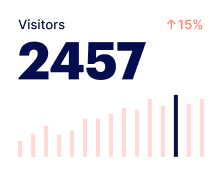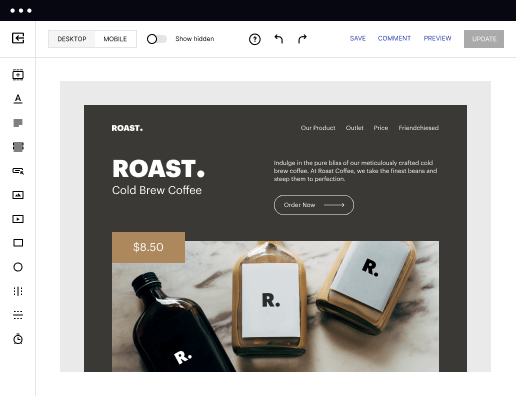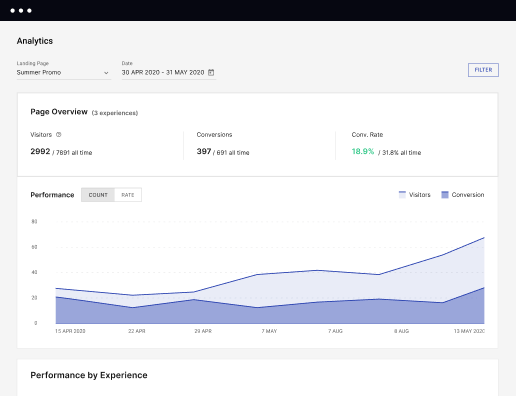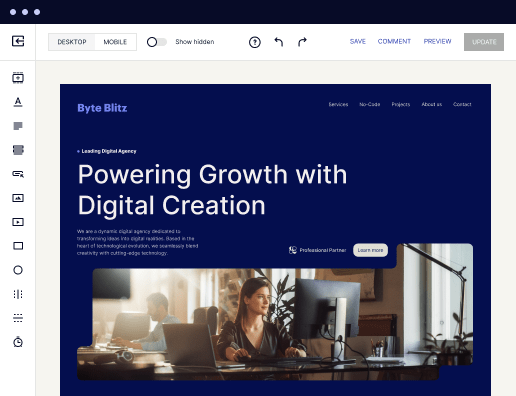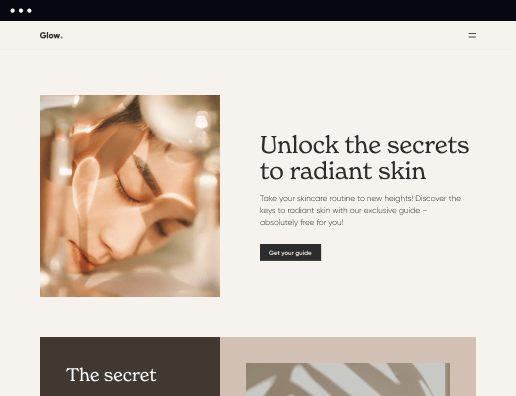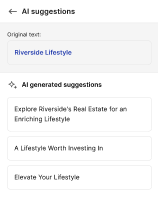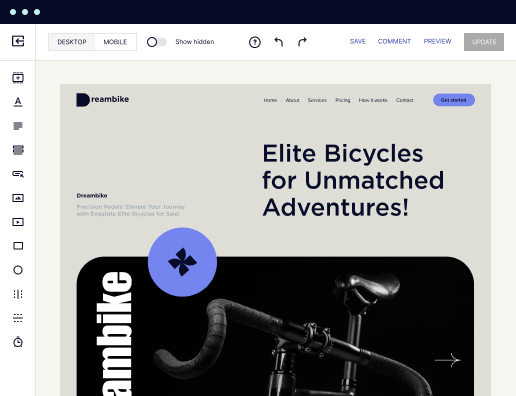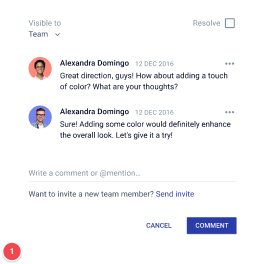Make your app page with dynamic content personalization: Streamline your processes
Create your app page with dynamic content personalization and effortlessly optimize your web pages for diverse ads and audiences. Transform visitors into leads and sales while bolstering brand trust and nurturing customer loyalty.
Create your app page with dynamic content personalization: A Comprehensive Guide
Creating an app page that effectively utilizes dynamic content personalization is essential for engaging your audience and enhancing conversion rates. Instapage simplifies this process with its versatile platform, enabling marketers across various sectors in the USA to deploy customized landing pages without any coding skills. This guide unveils a step-by-step process to leverage the power of Instapage for your dynamic content needs.
Understanding Dynamic Content Personalization
Dynamic content personalization allows you to tailor your app page content based on visitor behavior, demographics, and preferences. This technique not only boosts engagement but also increases brand trust and customer loyalty. With Instapage, you can achieve this by utilizing features such as dynamic text replacement and AdMaps.
- Dynamic Text Replacement: Customize your landing pages by changing text based on the audience's data, ensuring they see relevant content that speaks directly to their needs.
- AdMaps: Align your ads perfectly with targeted landing pages, improving the relevance of your campaigns and boosting your PPC performance.
- Detailed Metrics Tracking: Instapage provides extensive analytics tools to monitor audience interactions, enabling you to refine your strategies effectively.
Step 1: Utilizing Instablocks for Quick Page Creation
The first step in creating your personalized app page is to utilize Instapage's library of 100+ pre-designed layouts and Instablocks. This feature allows you to build a visually appealing page rapidly.
Step 2: Implementing A/B Testing for Optimal Performance
Following the creation of your app page, optimizing its performance through A/B testing is crucial. Identify which elements—headlines, images, or calls to action—resonate best with your audience and use Instapage's built-in experimentation features for this.
- Test Different Headlines: Analyze which headlines attract more clicks and conversion rates.
- Adjust Images: Experiment with different visuals to see what connects better with your users.
- Refine Calls to Action: Tweak your CTAs to measure any changes in audience response.
Step 3: Analyzing Results and Personalizing Further
Once you gather sufficient data, dive into Instapage’s analytics dashboard to understand your audience's behavior on your app page. Use heatmaps to visualize clicks and interactions, guiding you to make informed decisions for further personalization.
- Heatmaps: These tools help you visualize where users engage most on your page, highlighting areas needing improvement.
- Conversion Metrics: Track how well your dynamic content performs in terms of conversion rates.
- User Feedback: Collect insights from user behavior to inform future changes and enhancements.
In conclusion, creating an app page with dynamic content personalization through Instapage can significantly elevate your marketing efforts, particularly in sectors such as business services and tech. By following these structured steps, you can effectively engage your target audience and achieve your conversion goals.
Ready to get started? Explore Instapage now and unlock the potential of dynamic content personalization for your app pages.
Get more out of Create your app page with dynamic content personalization
Improve your Quality Score with quick load technology for landing pages
Increase conversions with content that aligns with your ads and audiences
Achieve maximum ROI by scaling your marketing initiatives
Leading the way in building high-performing landing pages





FAQs
See how to create your app page with dynamic content personalization in action
Ready to skyrocket conversions?
Supercharge your ad campaigns with high-performing landing pages.
Get started
